Mysterious ‘Disease X’ spreads in Democratic Republic of Congo
A strange new illness is spreading through a remote part of the world, leaving dozens dead – and experts fearing the worst.

Fever. Headache. Joint pain. Cough. A runny nose.
They sound like common symptoms. But a strange new virus in the Democratic Republic of Congo is killing about 7.6 per cent of those who catch it.
The World Health Organisation (WHO) is reporting the outbreak emerged in a remote, war-torn region of the central African nation in October. But news took over a month to reach the global health network.
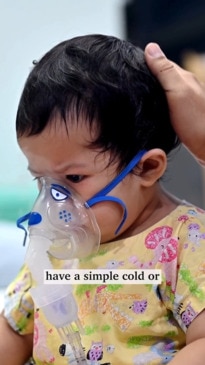
By the first week of December, the WHO had recorded more than 416 patients and 31 deaths.
Many were children. Many were malnourished.
“This is a syndrome that resembles a flu syndrome with respiratory distress for some children and for some people who have died,” warns Democratic Republic of Congo (DRC) Health Minister Samuel-Roger Kamba.
And while a handful of tests have detected the mosquito-borne malaria virus, the WHO says the true cause remains unknown.

“Is it a severe seasonal flu with people on the table who are fragile because of malnutrition, because of anaemia, because of other diseases? Or is it another germ? We will know with the results,” added Minister Kamba.
The outbreak comes as yet another blow to the resource-rich but poverty-stricken nation.
The DRC is already one of 20 African countries suffering a mpox epidemic.
So far, some 63,000 suspected cases have been reported.
More than 1200 have died.
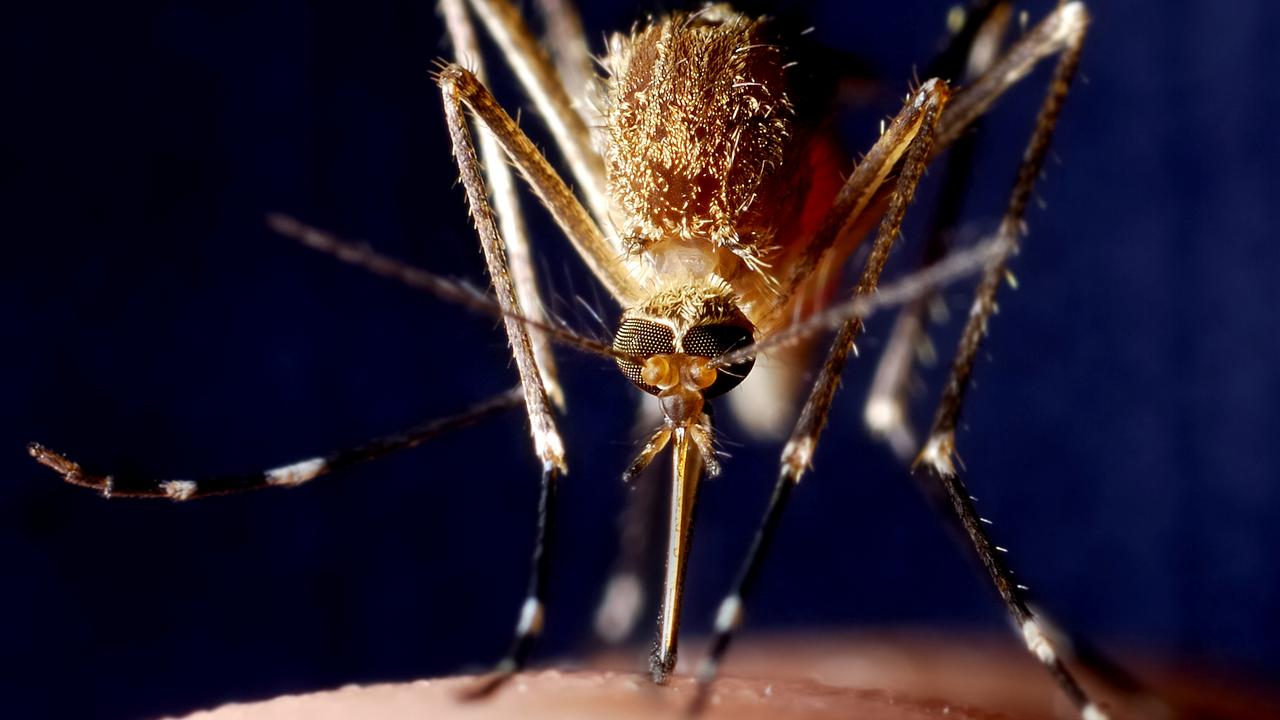
Disease X
“Reports of outbreaks with fatalities crop up somewhere in the world several times a year. Almost all turn out to be an already well-known infection with limited global consequences,” says University of East Anglia epidemiologist Paul Hunter.
The WHO maintains a global reporting network as an early warning system for a significant disease outbreak. Specifically, it’s on alert for a hypothetical “Disease X” – a potential new global pandemic with severe consequences.
It could be a variant of familiar diseases – such as measles, influenza or malaria.
It could be something new, such as a human-transmissible mutation of avian flu.
Fears are running high, with several rare and unusual infectious diseases flaring up across Africa. Marburg, mpox, polio and others have all reared their ugly heads in recent years.
“Disease X should only really be used when there is an infectious disease with epidemic or pandemic potential and a novel pathogen has been identified or is strongly suspected,” University of Oxford infectious disease expert Jake Dunning told European media.
“It would be more appropriate to say that, currently, this is an undiagnosed morbidity and mortality event.”
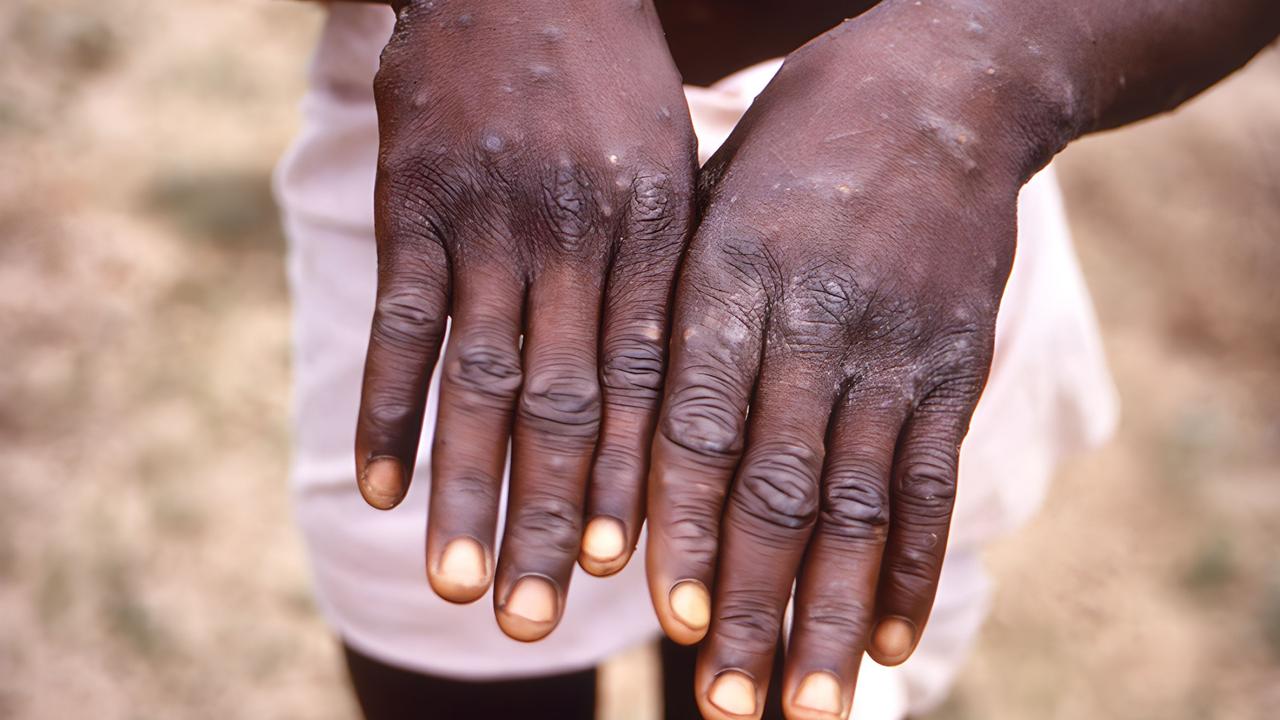
This mysterious outbreak is centred on the Panzi district of Kwango Province in the south of the DRC. It’s a 700km, 48-hour drive over muddy roads from the capital of Kinshasa.
The symptoms point to known diseases such as pneumonia, influenza and Covid-19. Dengue, chikungunua, measles and malaria are also possible causes. But these common manifestations could also be masking something new.
“We don’t know if we are dealing with a viral disease or a bacterial disease,” DRC National Public Health Institute director Dieudonne Mwamba told an online press briefing.
Efforts continue to gather samples and transport them back to the capital for laboratory testing, the WHO’s Director-General Tedros Adhanom Ghebreyesus explains.
“Of the 12 initial samples collected, 10 tested positive for malaria, although it’s possible that more than one disease is involved,” he said during a Wednesday briefing.
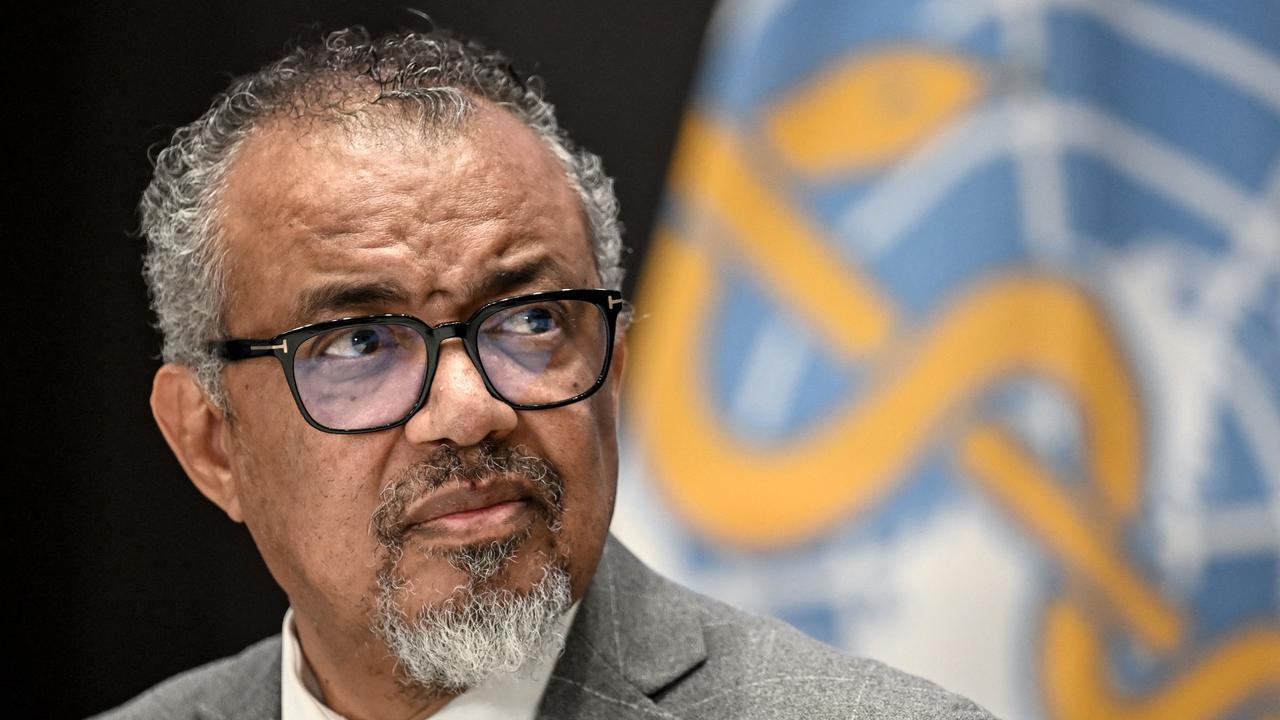
What’s the actual killer?
The war-ravaged region’s poor living conditions and the malnourished state of many of its children may have as much to do with the startling fatality rate as the disease itself.
Fighting is estimated to have killed some six million people across the nation since 1996.
And fresh outbreaks of violence have flared as the western states experience a severe famine.
The UN estimates some 25.6 million people are affected, with 4.5 million children critically malnourished.
Ghebreyesus says this may have lowered the resistance of children to multiple pathogens. And any one – or combination – of these could be proving fatal.
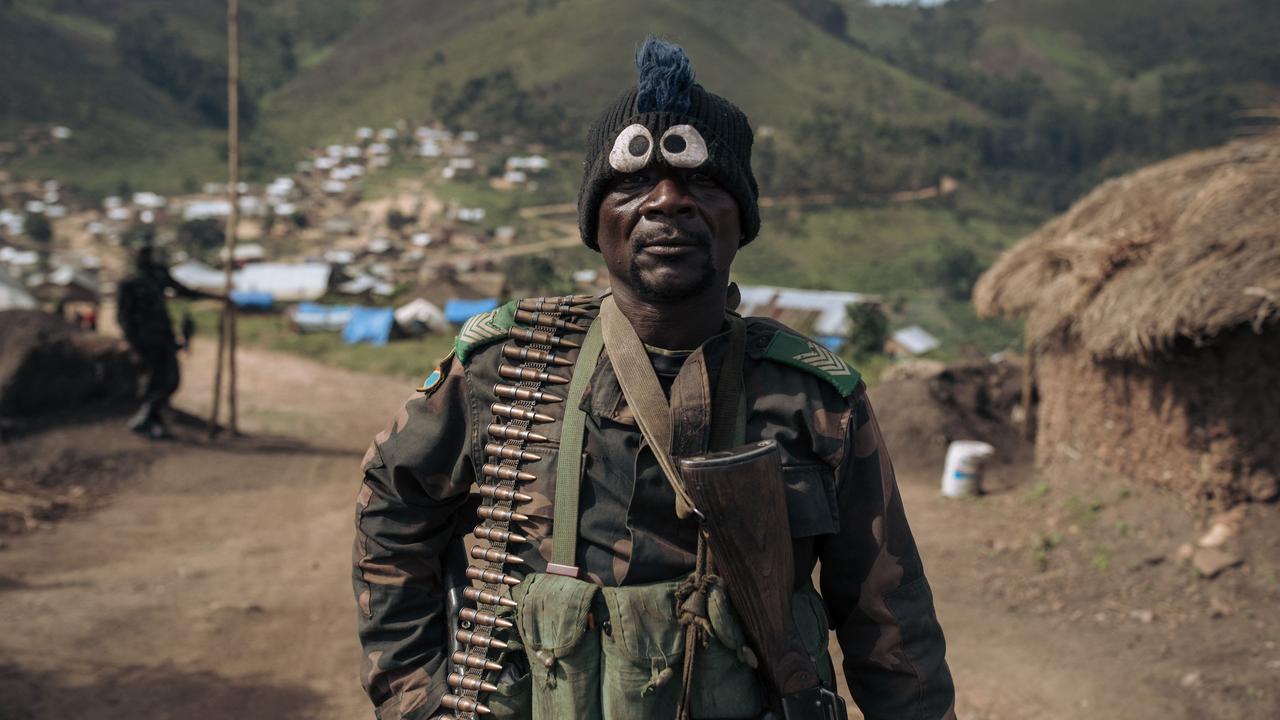
“I’d say there are multiple, potential infectious causes for this unidentified illness cluster, based on the symptoms described and descriptions of who is being affected the most, and there are some possible non-infectious causes too,” says University of Oxford Dr Jake Dunning.
So far, 40 per cent of fatalities have been children under five.
And malnourished, unvaccinated children are highly susceptible to complications from the likes of measles and malaria.
International healthcare teams, supported by the Africa Centres for Disease Control and Prevention (Africa CDC), are being deployed to investigate the outbreak.

Their first objective is to gather samples from as many different cases as possible, and return them to laboratories for tests including gene sequencing.
“Less than 35 per cent of all samples are reaching labs in the 48 hours recommended,” notes Africa CDC director-general Dr Jean Kaseya.
“It means we are facing quality issues with the samples, and this one is a major issue we need to address quickly.”
Some samples must be moved to advanced facilities in Europe or the US – compounding delays.
More Coverage
Meanwhile, health workers are racing to understand how the disease is being transmitted. Local authorities are attempting to limit travel between villages and are warning people to wear masks and avoid touching corpses.
“It is vital that these cases are investigated promptly so that appropriate treatment and control measures can be implemented,” says Hunter.
Jamie Seidel is a freelance writer | @jamieseidel.bsky.social






